Related Research Articles
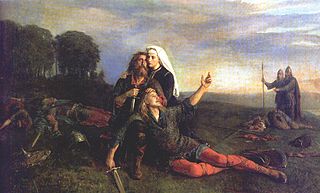
A legendary saga or fornaldarsaga is a Norse saga that, unlike the Icelanders' sagas, takes place before the settlement of Iceland. There are some exceptions, such as Yngvars saga víðförla, which takes place in the 11th century. The sagas were probably all written in Iceland, from about the middle of the 13th century to about 1400, although it is possible that some may be of a later date, such as Hrólfs saga kraka.

Elsa Olava Kristina Eschelsson was the first woman to finish a Doctor of Laws degree and the first to attain the academic position of docent at a Swedish university, but was denied the right to even serve as acting professor because of her sex. She died in 1911 from an overdose of sleeping-powder.
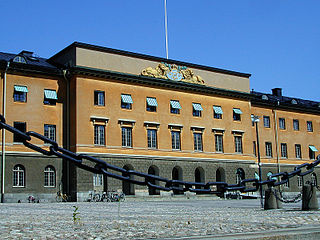
The Swedish National Heritage Board is a Swedish government agency responsible for World Heritage Sites and other national heritage monuments and historical environments. It is governed by the Ministry of Culture.

Johan Hadorph was a Swedish director-general of the Central Board of National Antiquities.
Samfundet De Nio is a Swedish literary society founded on 14 February 1913 in Stockholm by a testamentary donation from writer Lotten von Kraemer. The society has nine members who are elected for life. Its purpose is to promote Swedish literature, peace and women's issues. It mainly presents a number of literary awards. It was started as an alternative to the Swedish Academy and is often compared to its more noted cousin.

Svensk uppslagsbok is a Swedish encyclopedia published between 1929 and 1955, in two editions.

Tommy Möller is a Swedish professor of Political science at Stockholm University, and a frequent conservative political commentator in the Swedish media.

The Bure kinship is a Scandinavian kinship, centered largely in the Skellefteå and Bureå areas in Northern Sweden.

Johannes Matthiae Gothus was a Swedish Lutheran Bishop of Strängnäs and a professor of Uppsala University, the rector of the Collegium illustrious, Collegium Illustre in Stockholm (1626–1629) and the most eminent teacher in Sweden during the seventeenth century. He was Bishop of Strängnäs from 1643 to 1664.

Olaus or Olof Verelius was a Swedish scholar of Northern antiquities who published the first edition of a saga and the first Old Norse-Swedish dictionary and is held to have been the founder of the Hyperborean School which led to Gothicism.

Elias Brenner was a Finnish born, Swedish artist, draftsman and antiquarian. He is especially known for his work as a portrait miniaturist and a numismatist.
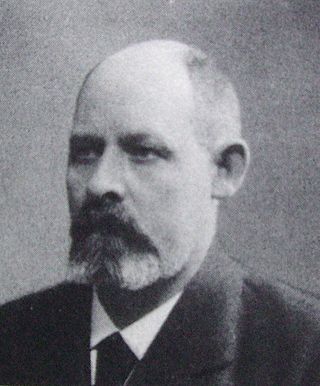
Fredrik Vilhelm Thorsson was a Swedish politician and shoemaker. He was Minister for Finance during three separate periods, and Minister of Commerce and Industry in 1920.
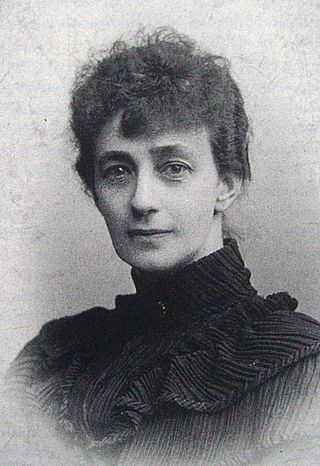
Sophie Elkan née Salomon, was a Swedish writer and translator.
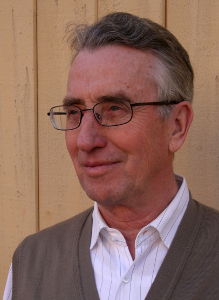
Bo Utas, born May 26, 1938, in Höglunda, a village in Jämtland, Sweden, is a Swedish linguist, Iranologist and chess historian. He is professor emeritus in Iranian languages at Uppsala University, and a scholar on Persian historical linguistics and classical Persian literature.

Hilda Augusta Amanda Kerfstedt, née Hallström, was a Swedish novelist, playwright and translator. She was a popular and noted writer in late 19th and early 20th century Sweden, and participated in the public debate. She was also engaged in the movement for women's rights, and active in the Fredrika Bremer Association and Married Woman's Property Rights Association. As a feminist, she focused on the debate around sexual equality, and was critical to the contemporary sexual double standards for men and women. As such, she was one of the participants in the Nordic sexual morality debate, the public debate in Swedish papers, books and plays, which took place during the 1880s. Kerfstedt was a member of the women's association Nya Idun and one of its first committee members. She was the editor of the feminist paper Dagny, the publication of the Fredrika Bremer Association, in 1888–1891. She was especially noted within the debate on children's literature.

Knut Martin Stjerna was a Swedish archaeologist and scholar, notable for a number of papers analyzing Beowulf from an archaeological perspective. He was a lecturer at Uppsala University, where he taught, among others, Birger Nerman and Sune Lindqvist.

Lars Lönnroth is a Swedish literary scholar.
Ormsbók or Ormr Snorrason's Book was a large Icelandic manuscript of chivalric sagas. It is assumed that it was destroyed in the Stockholm castle fire of 1697 as it was last recorded in an inventory in 1693. It takes its name from Ormr Snorrason, the 14th century Icelandic chief and lawman who also owned the large collection of apostles' sagas Codex Scardensis.
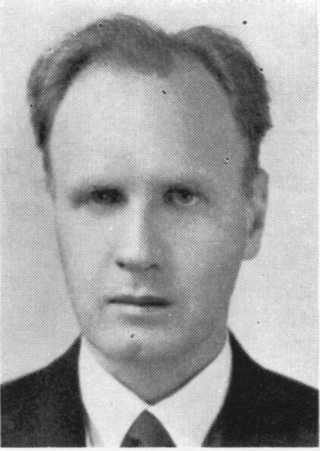
Dag Alvar Strömbäck was a Swedish folklorist, historian of religion and philologist. He was a professor at Uppsala University and also headed the Swedish Institute for Language and Folklore at Uppsala.

The Sigtuna amulet I or Sigtuna plate I is an 11th-century runic amulet found in 1931 in Sigtuna, Uppland.
References
- ↑ Lucas Halpap, Fragmentum mscr. runici... (Uppsala, 1690), unnumbered page at start of dissertation: “Nam hoc ipsum ego M. ss. ante aliquot menses a Rustico quondam pretio vel contemnendo mini comparavi” (“For I bought this very manuscript a few months ago at a shockingly cheap price from a farmer”).
- ↑ Kay Busch, “Grossmachtstatus und Sagainterpretation. Die schwedischen Vorzeitsagaeditionen des 17. und 18. Jahehunderts” (Doctoral Thesis, Friedrich-Alexander-Universität Erlangen-Nürnberg, 2002), pp. 216–18. available online
- ↑ For example, Otto Sperling (1634–1715). See Vilhelm Gödel, “Hjalmars och Hramers saga. Ett literärt falsarium från 1690”, Svenska fornminnesföreningens tidskrift 9(2) (1896), p. 144.
- ↑ Carl Gustav Nordin, Monumenta suiogothica vetustioris aevi falso meritorie suspecta (Uppsala, 1774).
- ↑ For a description of Hadorph's attempt to get the manuscript, see Gödel, pp. 139–42.
- ↑ Ibid.
- ↑ See Gödel, p. 143.
- ↑ See p. 123 available at archive.org
- ↑ See Gödel, p. 153.
- ↑ Information in Swedish on Lundius' life and work can be found at Svensk Biografiskt Lexikon.
- ↑ Henrik Schück, Kgl. vitterhets historie och antikvitets akademien. Dess förhistoria och historia, vol. III (Antikvitetskollegiet II) (Stockholm, 1993), pp. 113–114.
- ↑ Nils Ahnlund, Nils Rabenius (1648–1717) (Stockholm: Hugo Gebers Forlag, 1927), p. 150.